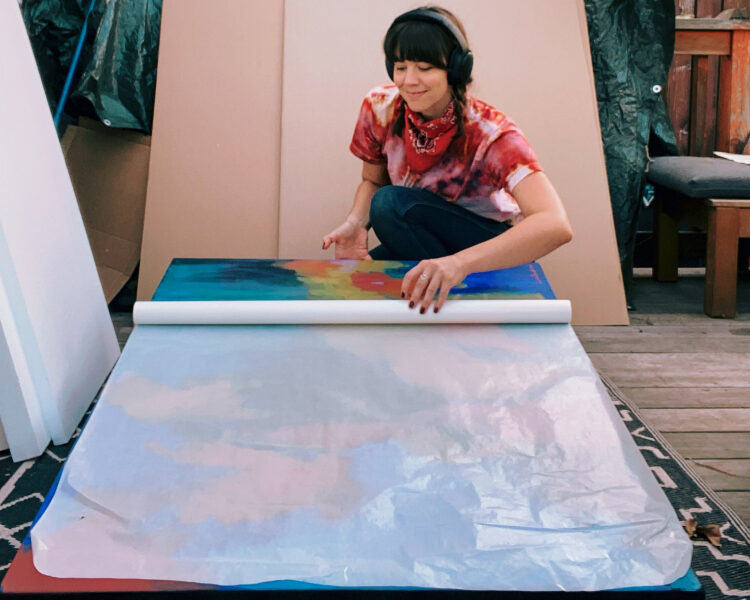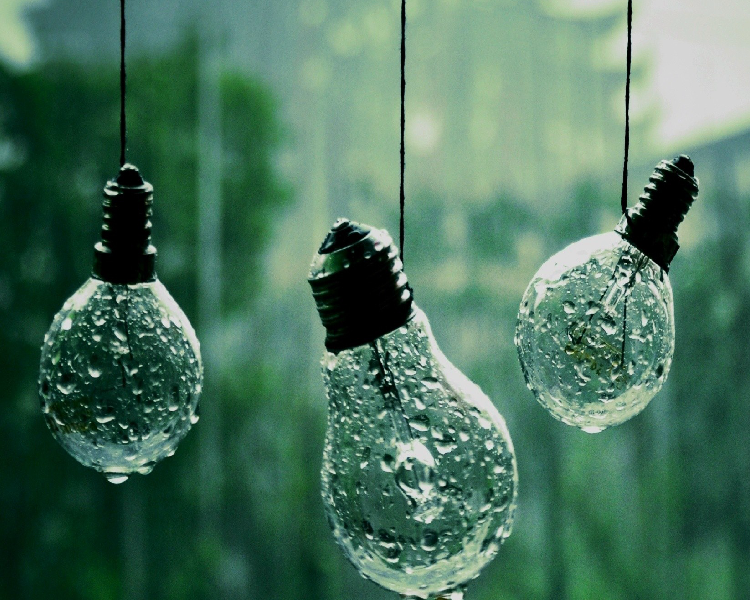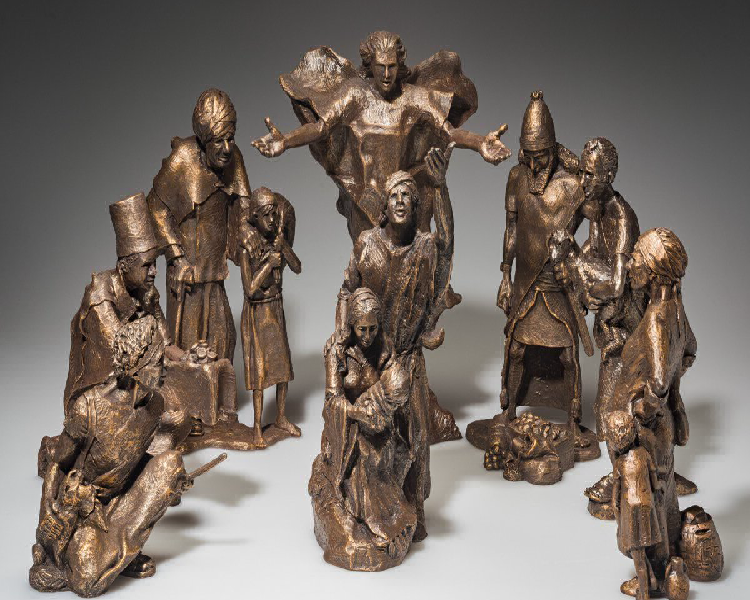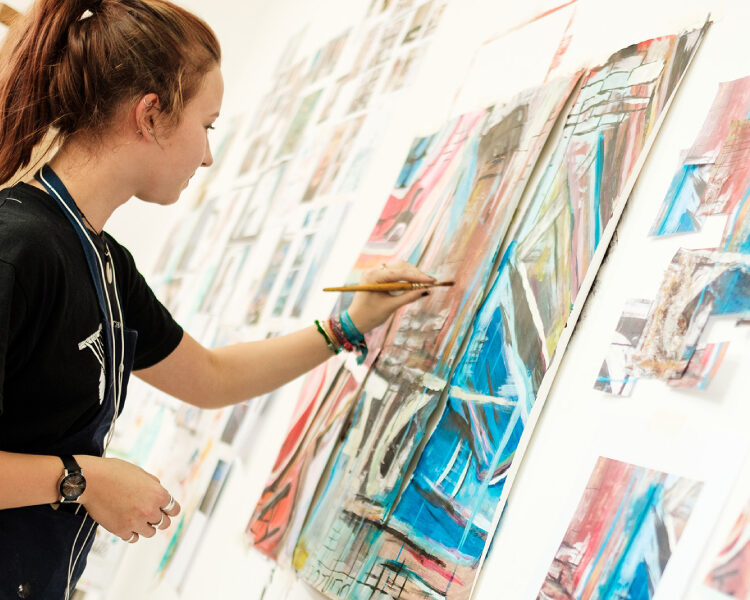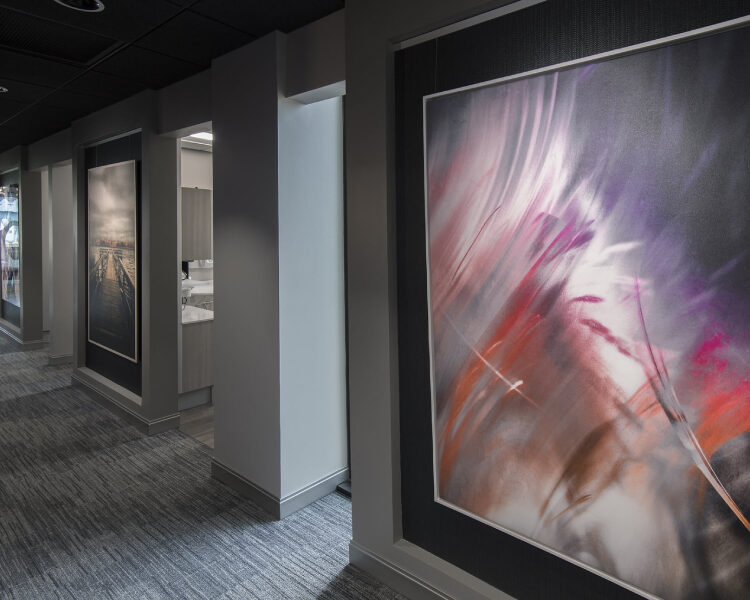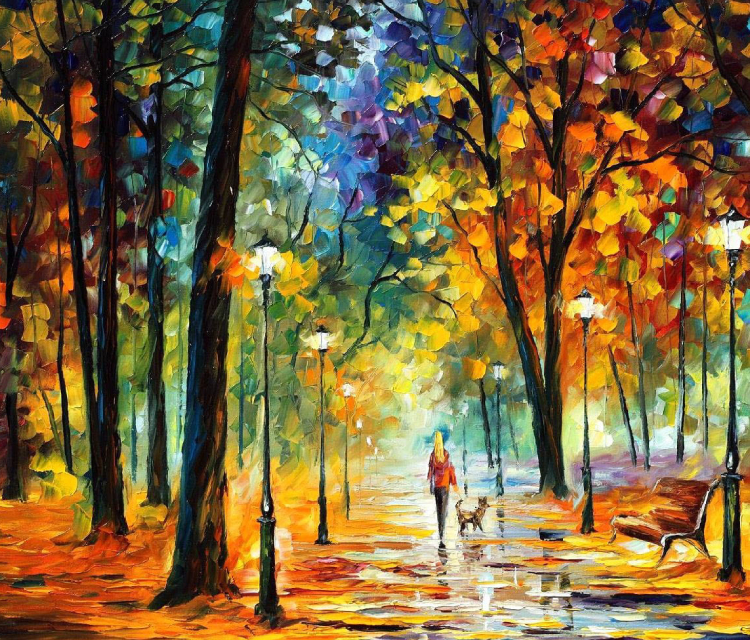
Landscape drawings may be the most natural inspiration to follow for any beginners. The art can be created as simple as it can be as well as complicated. The article is a compilation of seven best tips that a beginner can follow to create the best natural paintings.
How to create the best nature paintings?
Emphasize the focal points
Your nature painting has many elements. It is essential to make the picture look clutter-free to hold the onlookers’ attention. Hence, detailing the art is what does the trick. Focus on the areas that you want to emphasize and leave the rest of the picture for the beholder’s imagination. Typically, these detailing takes place towards the end of the painting.
Make use of delicate brushwork on the areas you would want to bring the focus on. Using more saturated and brighter colors can also do the trick or create sharp contrasts between your areas of interests. For oil paintings, use palette knives or crisp brushwork. If you simplify the rest of the areas of the painting, you can emphasize the focal point to a more significant effect.
Uncover More About : Tips For Choosing The Best Paint Colors For Your House
Use palette knives for sharp edges and create compelling textures
Did you know that your palette knives could be put into productive use other than mixing colors? The palette knives can be used to add texture to the rocks or create bold texture for shrubs and branches. You can even detail the bright clouds, highlight sunset and add texture to the seascapes. Palette knives are an excellent detailing tool for your nature painting.
Illusion effects
Your nature paintings will contain many details; be it the dense forests or lush green meadows in your landscape or the endless waves in your seascape. It is tiresome to focus on every individual object. Varying the tones of color can create the illusion effect for the components that are larger in numbers.

Improve the variations
Many beginners face the problem of creating subtle gradients between the colours in their nature paintings. Artists are recommended to create a subtle variance in colors by varying tones, temperatures, and values to avoid the monotonous use of colors. Follow what you see and try to bring the gradients on the canvas.
Be aware of the temperature of the colors
Typically, the greens and blues are known as the cooler colors and oranges & reds the warmer ones. The beginners are advised not to consider the temperature in absolute terms. That is, add a tint of warm color with a cool shade in a cool colour dominant picture, rather than taking the respective colours straight out of the tube. For example, mixing blue with a touch of orange gives temperature a much warmer feel.
Embrace imperfections
No one can copy the entire scenery onto the canvas with a hundred percent perfection. Try to accept your flaws and do not be pressurized to mimic the landscape into your nature painting.
Timed sketches
To improve your nature painting skills, many experts recommend the incorporation of timed sketching into your training methods. Keep the canvas small and try to finish the scenery within 20 minutes. This practice can significantly improve your judgments of values and colours.
Mastering the nature painting skill is extremely difficult. Follow the seven tips mentioned above to learn the techniques of landscape paintings.



